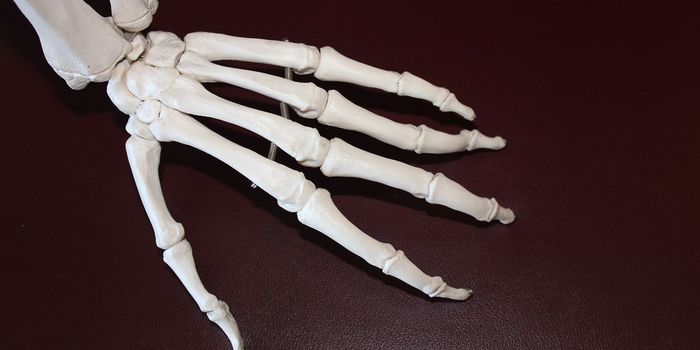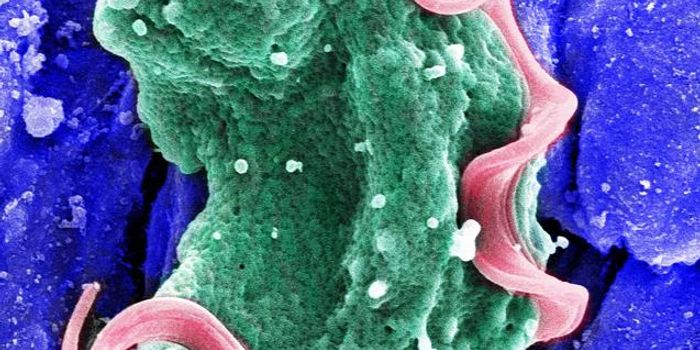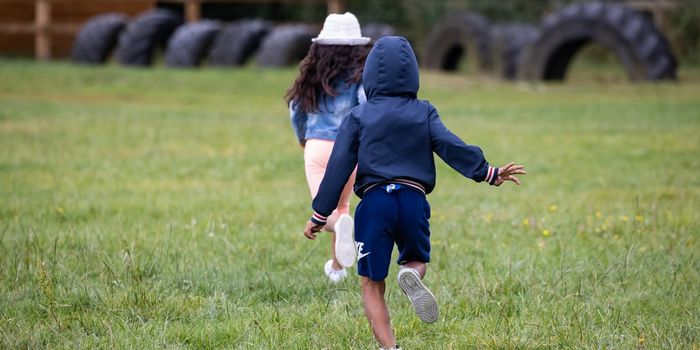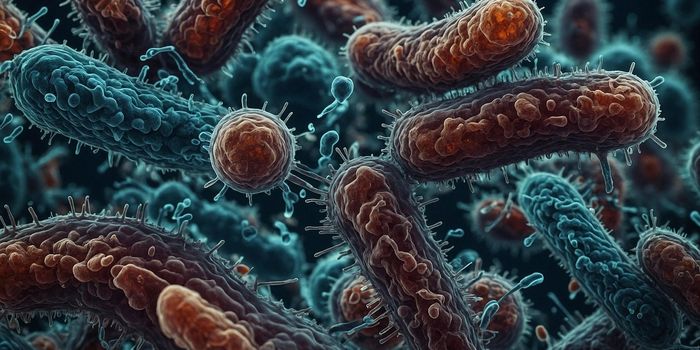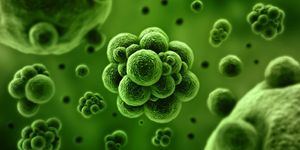Hybrid Molecule Delivers 1-2 Punch to Find & Attack Nasty Staph Bacteria
Drug-resistant bacteria have made curing some infections challenging, if not nearly impossible. By 2050, it's estimated that 10 million people will be dying annually from infections with antibiotic-resistant organisms.
Scientists have responded to the challenge with novel strategies. They have searched for and discovered new antibiotics in unlikely places in nature — a process called bioprospecting. New antibiotics have been found in coal fires, road kill, and deeper dives into chemicals produced from mold. They have engineered better antibodies and created tiny sponges that soak up bacterial toxin.
But we are not out of the woods by any means. Preventing 10 million deaths a year is going to take more than one new antimicrobial agent. And, thankfully, the scientists are pressing on with their research.
The latest antibacterial agent is an engineered one — one that puts to use our knowledge of how both antibodies and viruses attack bacteria — in one hybrid unit. The new tool is described in research from The Rockefeller University published on April 17 in the journal Proceedings for the National Academy of Sciences.
A New Weapon in Our Antibiotic-Resistance Fighting Arsenal
One way our bodies fight foreign organisms is by producing antibodies. When cells of our immune system recognize an organism as foreign — not belonging to our body — specialized white blood cells produce antibodies to parts of the invader. The antibody will attach to the organism and immobilize it or destroy it.
The outer walls of bacteria are full of carbohydrates so one might think our bodies would target those with an antibody, but the body doesn't raise much of an immune response to them. Antibodies are much better at targeting proteins than carbohydrates.
Usefully, a type of virus that naturally attacks and lyses bacteria, called a bacteriophage, can recognize and bind carbohydrates in bacterial cell walls. So Vincent A. Fischetti, a professor of immunology, virology, and microbiology at The Rockefeller University, along with his colleagues, created a hybrid agent that would combine an antibody with a viral lysin from bacteriophages which degrades bacterial cell walls.
Researchers took an antibody that would bind to different bacterial cell wall proteins, called hydrolases, and linked it to a viral lysin to promote bacterial recognition and killing. They called their new creation a "lysibody."
The viral lysin part of the lysibody binds to specific carbohydrates in cell walls to degrade the bacteria. The antibody part reacted to proteins on the bacteria and initiated an immune response that called other cells to the area, like macrophages that eat invading bacteria.
The scientists designed lysibodies to kill Staphylococcus aureus and tested them in lab experiments. The lysibodies attached to the carbohydrates on bacterial cell walls and called macrophages, as well as another type of white blood cells called neutrophils, to engulf and destroy them.

The same carbohydrate targets are present on several types of Staphylococcus and the lysibodies attached themselves to those bacteria, as well. It even attached to the Streptococcus that causes strep throat.
Injection with lysibodies greatly improved the survival of mice infected with Methicillin-resistant Staphylococcus aureus (MRSA). Sixty percent of the mice injected with lysibodies were alive in 8 days, while 90% of the uninjected mice were dead in one day.
This isn't just important in the fight against strep and MRSA. Hybrid lysibodies could be engineered to contain antibodies against other bacterial proteins and to react with different bacterial carbohydrates.
"This made it possible for us to mix and match, combining the viral piece responsible for latching onto a carbohydrate with the part of the antibody that tells immune cells how to respond," study author Assaf Raz said in a press release.
The next step, making and testing different lysibodies, has already begun at the Tri-Institutional Therapeutics Discovery Institute.
"Based on our results, it may be possible to use not just lysins, but any molecule with a high affinity toward a target on any pathogen — be it virus, parasite, or fungus — to create hybrid antibodies," Fischetti said in the press release. "This approach could make it possible to develop a new class of immune boosting therapies for infectious diseases."
A highly adaptable system that can be customized and used to fight different types of infectious agents may be our best bet to meet the ever-changing needs of infection-fighting. The new hybrid lysibodies created by Fischetti and colleagues may provide that system.
This article was originally published on invisiverse.com

